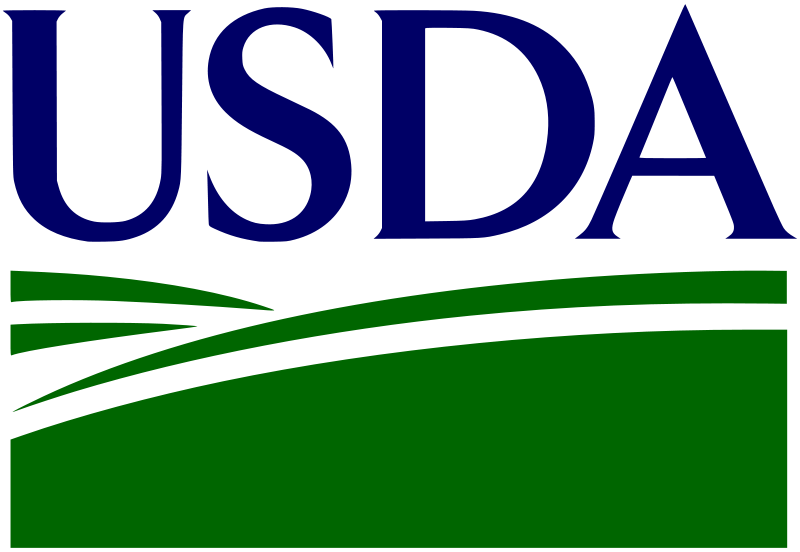Amber Childress, Shannon McNeeley, Dennis Ojima, and Neil Grigg
Colorado State University
Douglas Kenney
University of Colorado Law School, CU
The complex South Platte River Basin (SPRB) water system is variable and constantly changing, with an institutional and management structure that is just as complex as the physical system. Understanding future vulnerability of this region must account for this context when determining the ability of the system to adapt. Water providers are the link between the physical system and end users. Therefore, the vulnerability of physical system is mitigated by actions of water providers; however their capacity to adapt to changes is constrained by institutions (laws, regulations, structure, etc.).
Purpose
The purpose of this study is to assess the adaptive capacity of water providers in the SPRB in order to understand barriers and opportunities to adapt to climate change and reduce vulnerabilities. This aim is that this project will not only add to theoretical understanding of adaptation, but will also provide valuable insights for decision making and water management during droughts. Investigation of the underlying processes that structure the adaptive capacity of water providers will offer a deeper understanding of the future vulnerability of the water system. Multiple dynamic factors control the adaptive capacity of institutions, therefore for this study, I will focus on:
- Mapping the institutional water system;
- Develop an assessment of responses and adaptations during the 2002 and 2012 droughts; and
- Developing an agent-based model to analyze how effective adaptations to past droughts perform under future water availability and institutional scenarios.
This will contribute to the WSC project by assessing effectiveness of in-basin agricultural and urban water conservation strategies for minimizing vulnerability and identifying key institutional agreements and water rights that constrain response to the impacts of climate and land use change on water. It will also provide a better understanding of effectiveness and feasibility of institutional responses to projected changes under various scenarios.
Methods
This multi-part project will seek to understand the capacity of SPRB water providers to adapt to future climate- and population-induced water stress. We will utilize bottom-up methods to empirically identify past and current adaptations and their performance. I will then use a determinants approach to assess processes and barriers that underpin adaptations. The focus will be to document the processes of decision-making in this system that accommodate adaptations or provide means of improving adaptive capacity. These results will then be combined with climate, land use, and hydrologic data to assess the future adaptive capacity of the system.


